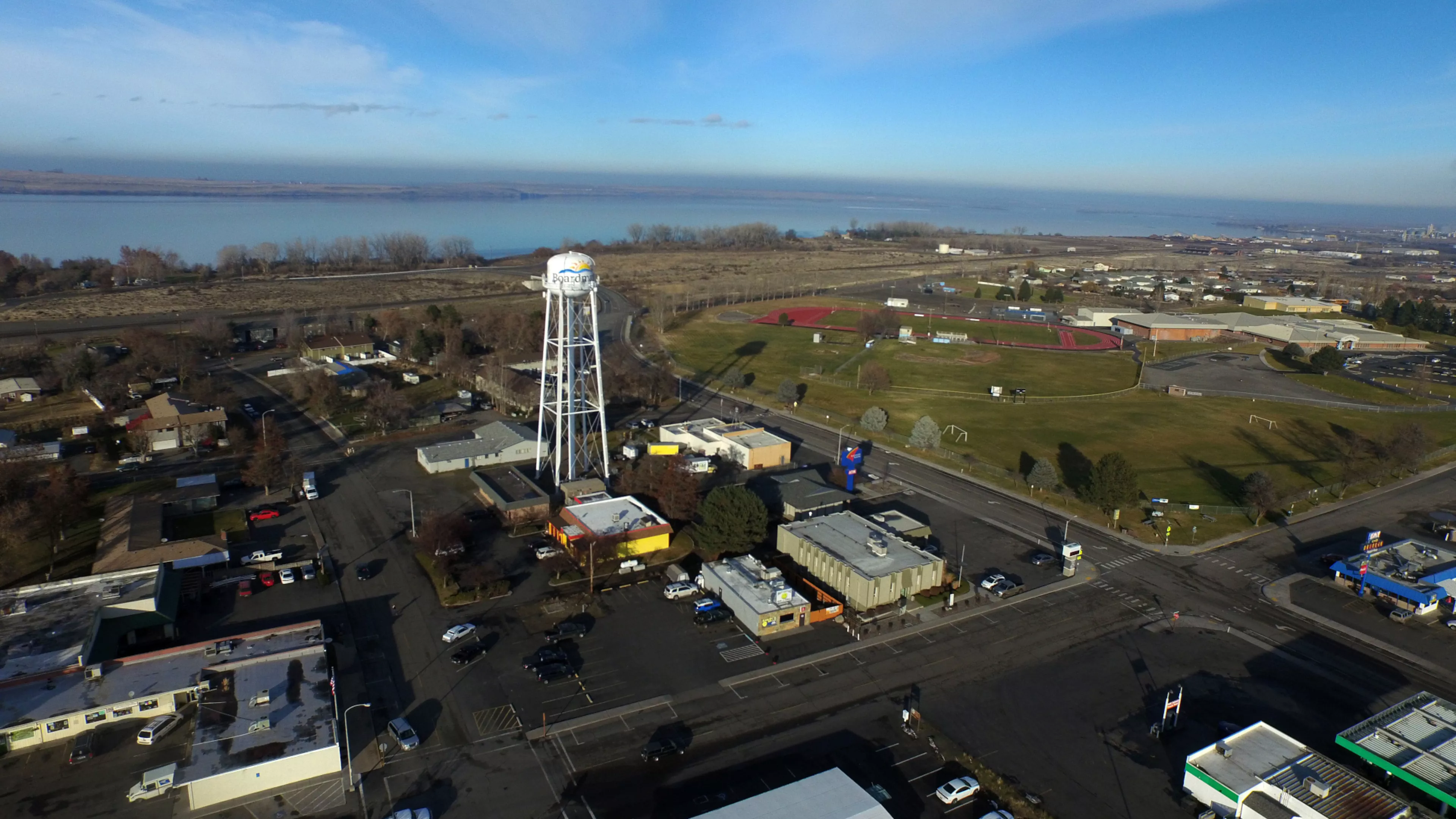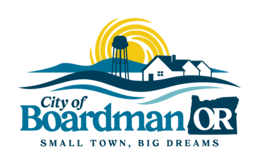
Strategic Plan - Adopted March 2025
Boardman Strategic Plan
Prepared by MIG, Inc.
Adopted March 2025
Introduction
The City of Boardman is embarking on an approximately two-year process to plan for the community’s long-term growth and prosperity. The City is exploring where and how to grow in order to plan for jobs, housing, parks, and other essential community ingredients that ensure Boardman remains a vital and vibrant community for residents and workers. The City is concurrently working on a variety of different planning efforts to address these issues and identify community needs, including efforts related to economic development, parks and recreation, housing, and transportation, as well as updates to the City’s Comprehensive Plan and Development Code.
As an initial step in these efforts, this set of Strategic Planning recommendations provides a foundation for the development of more detailed strategies and initiatives to achieve them. Other planning efforts will result in more detailed goals, policies, and strategies, some of which can in turn be woven into the Strategic Plan. These recommendations are based on the results of a variety of activities to engage a broad cross-section of the community in this effort. The following goals are not necessarily listed in priority.
Goal 1. Expand shopping and service opportunities
Having a fuller range of shopping opportunities, restaurants, and other places to meet day-to-day needs will benefit the community in a variety of ways. It will retain resources locally, help give young people a reason to stay in the community for the longer term, reduce the need for people to travel longer distances to meet these needs, and make the community a more interesting, vital, and attractive place to live. Examples of strategies to achieve this goal could include:
- Continue to determine what types of shopping and service opportunities are most important to community members.
- Assess the relative market for such services – i.e., at what point will the population of residents and workers be large enough to support desired businesses.
- Support existing and prospective business owners in creating, expanding, and retaining businesses, including through site selection and/or improvements, marketing efforts, and other technical assistance and services.
More strategies related to this goal are expected to emerge from the City’s Economic Opportunities Analysis project.
Goal 2. Provide a full range of housing options
Community members need multiple types of housing that are affordable to residents and will meet the needs of a variety of types and sizes of households. Addressing the most significant barriers to obtaining needed housing – availability, cost and affordability – will also be essential. Examples of strategies to achieve the housing goal could include:
- Continue to assess the relative need for specific types of housing.
- Ensure there is an adequate supply of land on which to develop housing.
- Make sure that the City’s development rules and regulations allow for a full range of housing and minimize barriers to producing it.
- Work with housing developers to determine how the City can best support their efforts.
- Implement specific supportive housing development strategies that reduce the cost and increase the supply of housing consistent with available city resources and in a way that leverages state, federal, and other funding opportunities.
More strategies related to this goal are expected to emerge from the City’s Housing Needs Analysis project.
Goal 3. Support modest, sustainable growth while retaining the City’s small-town feel
Community members consistently cite Boardman’s sense of community connectedness, relatively small size, and quiet atmosphere as some of the things they most value about living in Boardman. At the same time, other people note that the growing and diversifying aspects of the community also are an asset. Boardman continues to be a relatively modest sized community, and future projected growth is not expected to transform it into a large city for many years. Examples of strategies to retain the City’s sense of connectedness and community in Boardman could include:
- As the City grows, design neighborhoods in a way that fosters opportunities for community interaction, both at a neighborhood and broader community level.
- Support a modest and sustainable level of employment and housing growth that brings new opportunities to residents without radically changing the size or feel of Boardman.
- Continue to support community-wide events and activities that bring people together.
- Continue to maintain existing gathering places for people – parks, schools, etc. – and create new ones.
- Emphasize Boardman’s sense of community connectedness and small-town feel in efforts to attract new businesses and residents.
More strategies related to this goal are expected to emerge from the Parks Master Plan, Transportation System Plan, and other planning efforts.
Goal 4. Provide adequate public facilities and services
Building and maintaining transportation facilities that safely accommodate all types of travelers, including younger and older people with fewer options, is an important community goal. Cost-effectively providing water, sewer, and other infrastructure facilities and services also is essential to residents’ well-being and the community’s economic health. Examples of strategies to address these goals could include:
- Continue to plan for transportation facilities, including transit services, that meet current and long-term needs.
- Ensure that the city’s water, sewer and other infrastructure facilities can adequately and cost-effectively accommodate community needs.
- Develop and apply fees and other funding strategies in an equitable and fair manner.
- Leverage resources from regional, state, and federal funding sources where possible and consistent with local needs and priorities.
More strategies related to this goal are expected to emerge from the City’s Transportation System Plan project and other planning efforts.
Goal 5. Build on natural resources and other assets
In addition to the community’s sense of connectedness and small-town feel, community members note that the City’s proximity to the Columbia River is one of the things that makes Boardman special. Boardman’s Marina Park, the adjacent marina, and the Columbia River Heritage Trail are key assets in providing access to views of the river, as well as swimming, boating and paddling for residents and visitors. Other possibilities such as developing Park Blocks under the Bonneville Power Administration (BPA) powerlines also represent important opportunities to meet future park and recreational needs. Examples of strategies to address these goals could include:
- Continue to maintain and improve Marina Park and other sites and facilities that provide views of and access to the Columbia River.
- Improve connections to the river from other areas in Boardman.
- Support local businesses that create opportunities for river access and also support the local economy.
- Pursue opportunities to create a linear park and trails within the BPA powerline right-of-way.
In addition to enhancing access to the Columbia River, it will be important to create park and recreation facilities and opportunities in other areas of the City as well so that all residents have access to places to play and gather. Additional strategies related to this goal are expected to emerge from the City’s Parks Master Plan effort.
